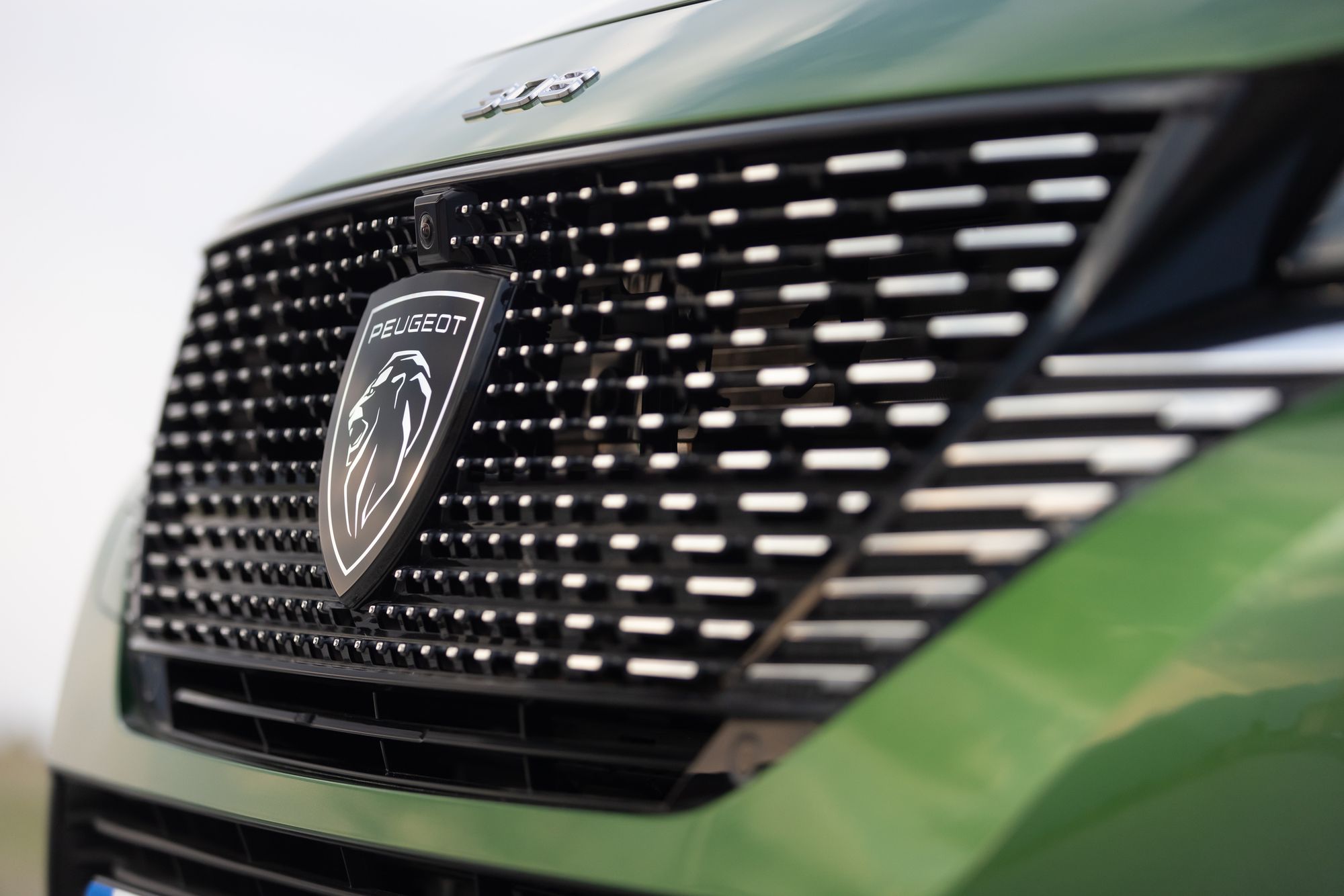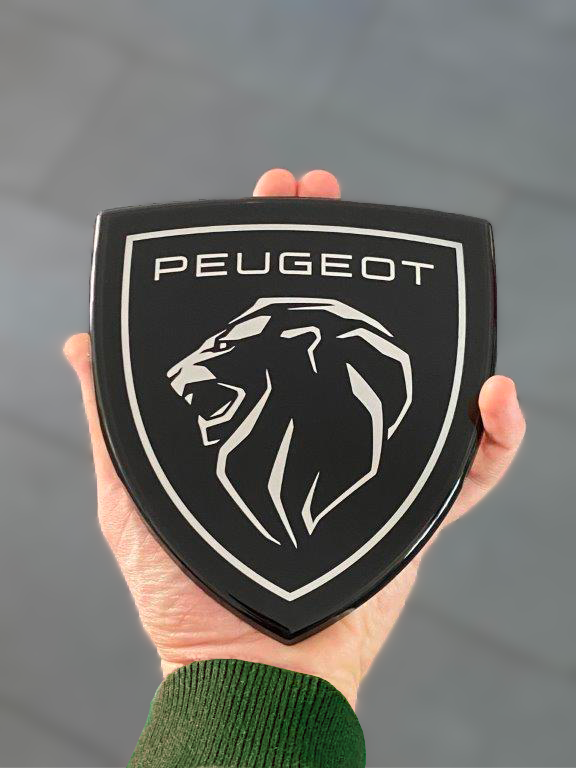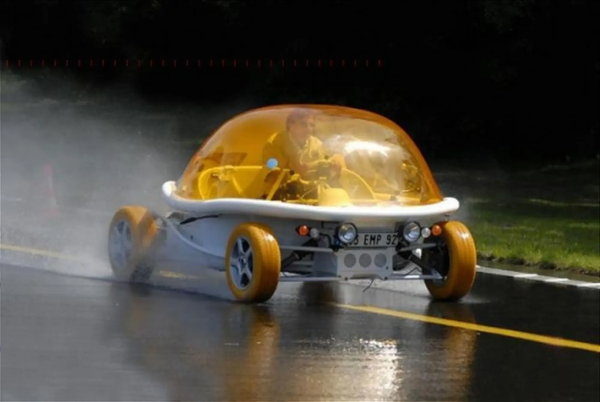How Peugeot keeps its new radar ‘under the radar’
Using rare alloy indium, Peugeot manages to evolve technology used for the humble car emblem

Adaptive cruise control. Lane keeping assist. Automatic emergency braking. We could list off 310 other modern “driver assistance” technologies, but the point is, to make all of the wizardry happen, vehicles often gain unsightly radar bumps, camera pods, and sensors.
Peugeot engineers thought there must be a better way: hide as much as possible behind the front emblem.
Problem? You can’t just put your radar behind a badge and expect it to work.

To do so, engineers needed an emblem with a constant surface, to be free from metal, and assembled in stages. via Peugeot:
- a smooth front panel of constant thickness in injected polycarbonate is produced first.
- a rear panel is then produced in indium. This rare alloy is used specifically for the version of the emblem on the models equipped with radar, because it is the only material that meets the technical and visual needs: It has a natural chrome appearance and properties that do not interfere with the radar waves.
- laser scraping operation: To make the lion of the new PEUGEOT logo appear, the indium surface is laser-scraped to reveal the lion through the polycarbonate.
- black paint: This is applied to the back of the coat of arms and forms the background of the logo.
- a protective varnish is applied on the front surface: in order to protect from external elements (shocks, sun, temperature changes...), a protective varnish is applied to the front surface of the coat of arms.
- the emblem is then glued to a technical attachment part, which is then attached and screwed to the grille.
Expect more automakers to follow suit, hiding as many driver assistance technologies as possible until we forget they’re even there…

source • Stellantis (release), indium (Wikipedia, miningnewsnorth.com)





